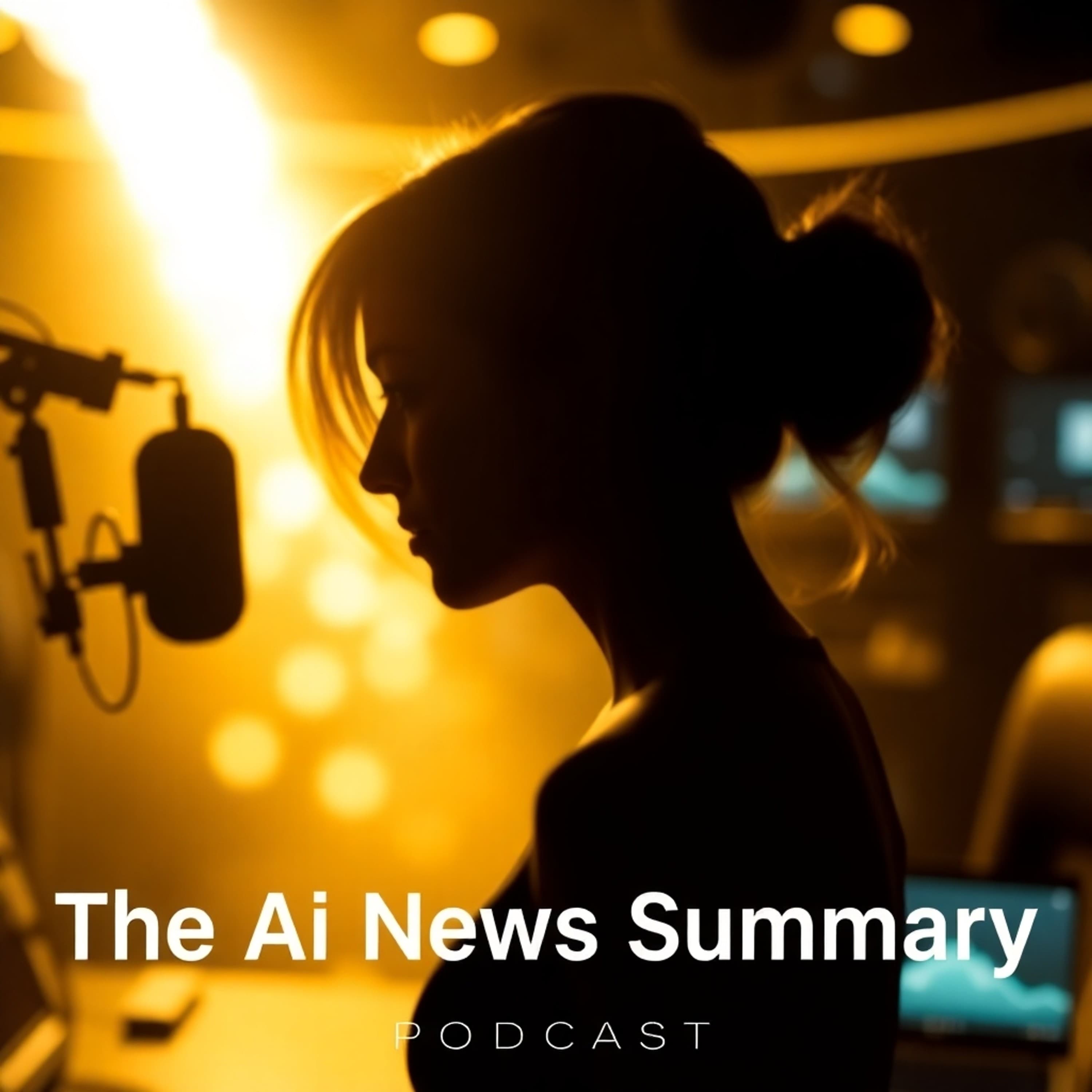AI Breakthroughs, Global Leadership, and Sustainability
This episode covers groundbreaking updates like OpenAI's GPT-4.1 models and Google DeepMind's DolphinGemma, alongside Nvidia's U.S. AI supercomputers and NATO's adoption of Palantir's Maven Smart System. We also discuss the environmental impact of AI's growth, Amazon's wind energy initiatives, and OpenAI's $500 billion Stargate Project. Join us as we connect technical advancements, global AI leadership, and sustainability challenges shaping our future.
About the podcast
AI news you can trust—decoded in 10 minutes or less. Co-hosted by Nova Drake and Sam Guss, this sharp, fast-paced show breaks down the top AI stories from around the world three times a week. Each episode blends headline summaries, expert analysis, and behind-the-scenes context—revealing not just what’s happening in AI, but why it matters. Think 60 Minutes for AI—with clarity, edge, and no hype.
Share this episode
Share with friends and family
